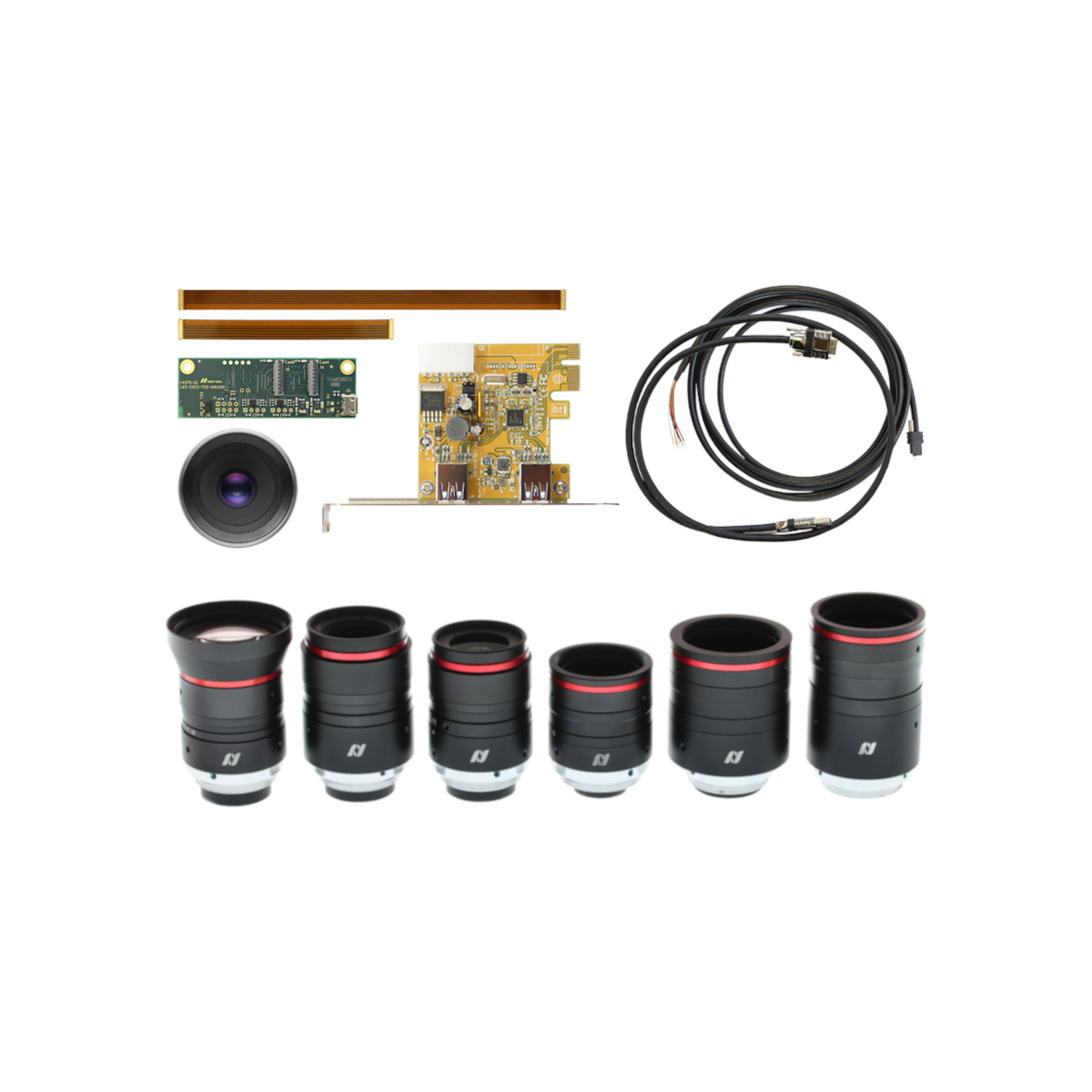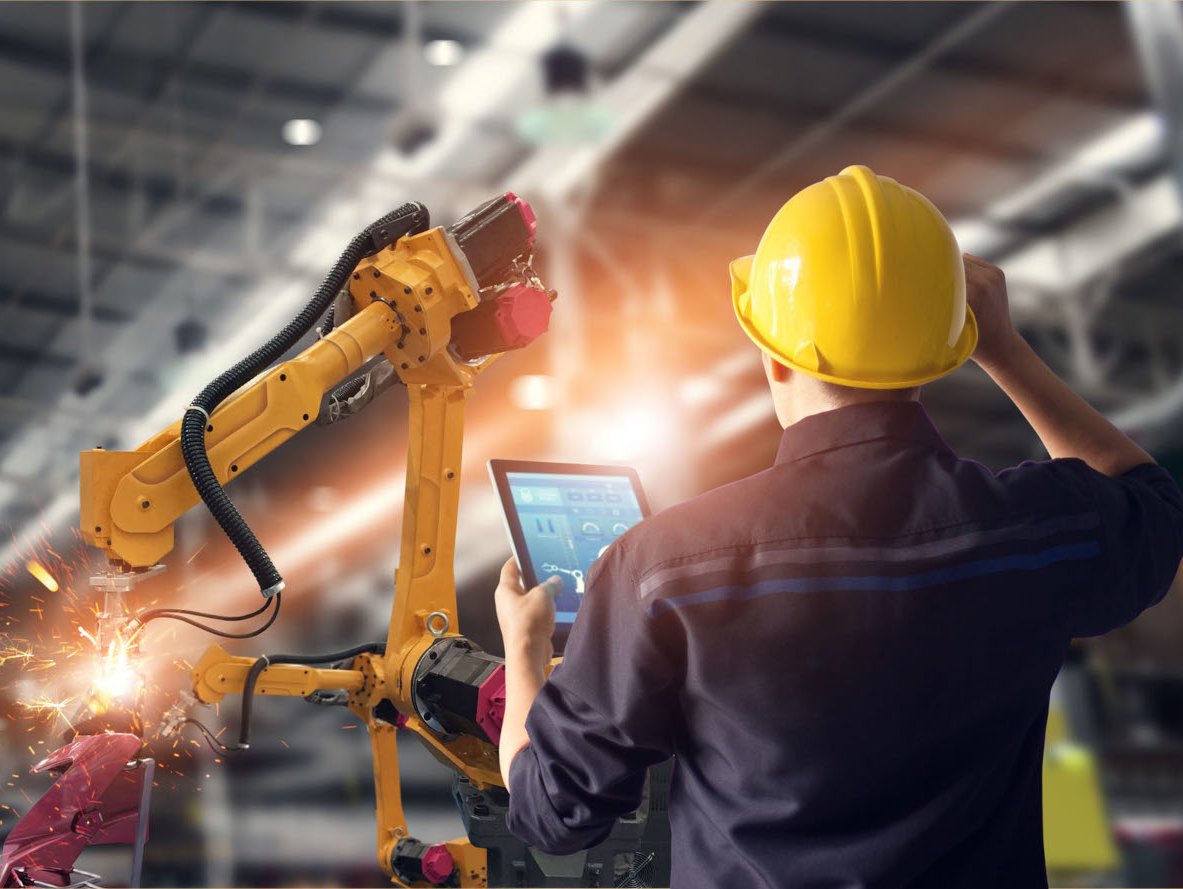In our understanding, embedded vision is the merger of two different worlds:
- Embedded systems and
- Computer vision
Embedded systems represent the corresponding embedded boards that come into use in compact systems. Typically, embedded systems are small, lightweight, and low-cost computing devices that can be embedded into a larger system – for example a car, a robot, a security terminal, or a vending machine. They can also be mobile or battery-powered, such as in a video doorbell or body camera.
Computer vision began as an experiment in artificial intelligence. The goal was to reconstruct the human visual system, ultimately applying visual perception for performing some analysis. This takes place with the aid of cameras, but also with algorithms that were developed for very diverse mathematical operations.
The rise of embedded vision
For several years now, there has been demand from the embedded system world for more and more powerful cameras and algorithms to run these on embedded boards – for example for applications such as facial recognition or deep learning. The concept of embedded vision came to be. The goal is the interpretation and explanation of images and videos within an embedded system.
When it comes to adding vision to an embedded system, the designer is confronted with several challenges, especially concerning the choice of the cameras themselves. The main question is, how much image processing can be executed in the camera, and how much on the embedded board? Cameras for the embedded field nowadays are known for not executing much image processing as they are not as rich in features as in the machine vision sector. They deliver a passable image to the embedded board. Further processing steps must be carried out on the embedded board, which burdens the CPU. This in turn means that there is less capacity for other processing tasks. And to choose a better performing board would raise the total cost of the system.
Another challenge is the question surrounding standard interfaces on the cameras. In this market, a lot of terms like USB, LVDS, MIPI CSI-2, or PCI Express are used. Here, the challenge consists in finding the right interface for the application and implementing it with as little effort as possible. In this case, USB counts among one of the most beloved interfaces in use. However, USB has one big disadvantage: packets have to be packed and unpacked when they are sent. The CPU on the embedded board is burdened with additional expense that would be necessary for other tasks. For this reason, developers began choosing the MIPI CSI-2 interface, which is now used in hundreds of millions of smartphones and tablets. With the MIPI CSI-2 interfaces the CPU load is reduced in comparison to USB by up to 30%. Moreover, CSI-2 is a uniform standard that is continually optimized by the MIPI Alliance and its members.
Will embedded vision replace machine vision?
Even though embedded vision is developing very rapidly and dynamically, the machine vision market will not be impacted in every application. PC-based systems have not outlived their usefulness. There are still a few basic differences that could make PC-based systems preferable for certain application cases. PCs have still the advantage that they are more powerful (e.g. CPU, GPU) than embedded boards, which make them to the preferred choice for more demanding algorithms or applications. Furthermore, they will still play an important role as we say “all-rounders” and take care of the overall performance of the whole system. Whereas embedded systems are designed for one single functionality or only a few functionalities. They are just a part of a whole system or application. The full embedded system with its embedded board is designed for the necessary performance and cost-optimization. In most cases, this leads to the situation that the embedded system cannot be upgraded e.g. with additional peripherals in the future or only combined with a high cost increase. Here especially, we find the strength of a PC-based system or machine vision system with its flexibility. On the other hand, the initial costs for an embedded system are much lower than a PC-based system. It is only a matter of time where more performance will be available in embedded boards. This will accelerate the transition from PC-based systems or the classic machine vision to embedded systems or embedded vision.
The future is bright
There are many similarities between computer vision, machine vision, and embedded vision. However, evolving applications in both consumer and industrial markets make embedded vision an attractive market. Requirements for embedded vision are generating new approaches to vision technology, from cameras to processors and software algorithms. Based on the effort applied by significant players in the semiconductor market, embedded vision has a bright future.








